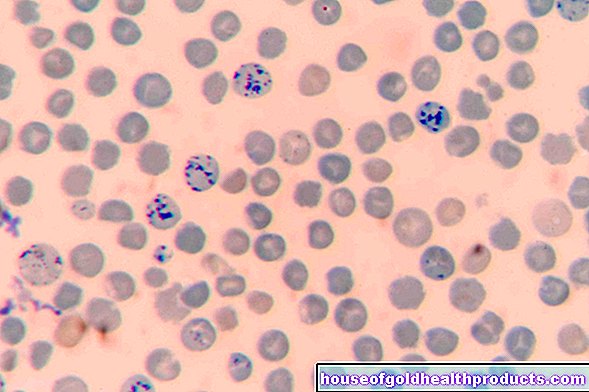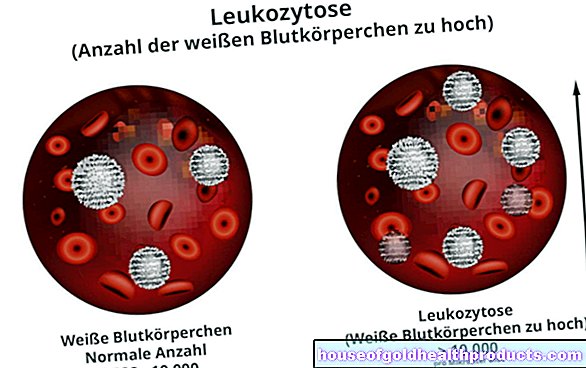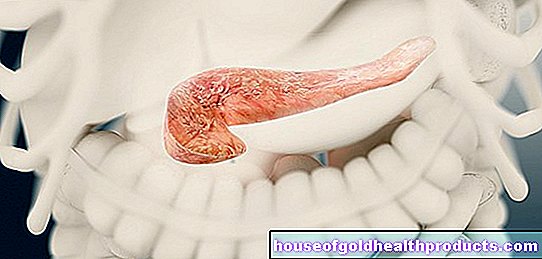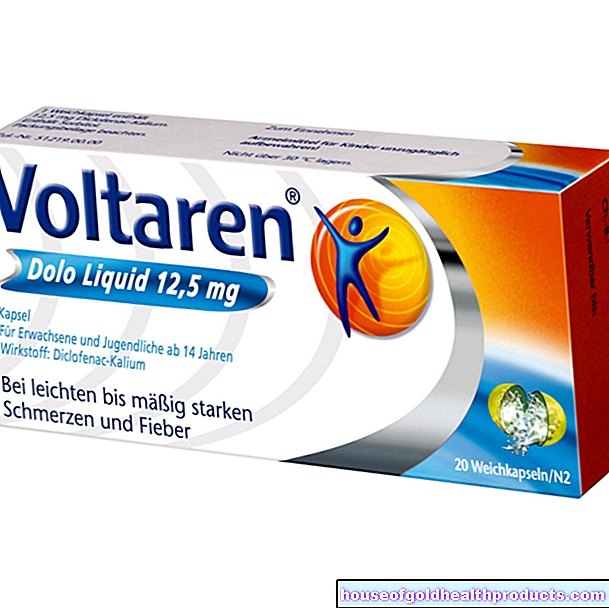Methionine
All content is checked by medical journalists.The active ingredient methionine is often used in the additional treatment of urinary tract diseases. It is one of the sulfur-containing amino acids that serve as a building block for proteins (proteinogenic amino acids). As a representative of the essential amino acids, methionine is essential for life: It has to be ingested through food, as it cannot be produced by the body itself. Pregnant women and children should only take the active ingredient after consulting a doctor. Here you can read everything you need to know about methionine.
This is how methionine works
For the development of muscles (muscle protein), amino acids are required - the building blocks for protein. Some amino acids can be produced by the body itself, others must be taken in with food (essential amino acids). The latter also includes methionine.
To maintain muscle, the body needs about 0.5 grams of the active ingredient per day. If you consume a significantly higher amount (more than 1.5 grams), the body has to break down the excess.This creates a salt (sulfate) and small, positively charged particles (protons) that acidify the urine. This effect is used in the treatment of urinary tract diseases, in which an acidic pH value in the urine is often favorable: This inhibits bacterial growth, kidney stones form less often and the effect of certain antibiotics is supported.
Uptake, breakdown and excretion of methionine
After ingestion through the mouth (orally), the amino acid is completely absorbed from the intestine into the blood. After the distribution, any excess methionine is broken down. The conversion products are then excreted in the stool and urine.
When is methionine used?
The medical fields of application (indications) of the amino acid are:
- Improving the solubility of phosphate stones in the urinary tract
- Support antibiotic treatment for urinary tract diseases
This is how methionine is used
In order to lower the pH value in the urine to the acidic range, methionine is usually used in the form of tablets. The dosage is usually between 1.5 and three grams per day, but can be increased to up to six grams per day if necessary. The duration of treatment depends on the severity of the disease.
For artificial nutrition, infusions with an optimal composition of various nutrients are available. The amount of necessary infusion is determined individually by the specialist.
What are the side effects of methionine?
Occasionally, methionine causes side effects such as gastrointestinal discomfort and fatigue. Very rarely, it can happen that not only the urine but also the blood becomes acidic, which is called acidosis. This can have serious consequences and must be treated quickly by a doctor.
What should be considered when taking methionine?
Methionine should not be given in excessive doses in patients in whom acidosis of the blood could occur.
Interactions
The amino acid can reduce the effect of Parkinson's medication with the active ingredient L-Dopa. Therefore, these funds should not be given together.
The effect of certain antibacterial agents (antibiotics such as penicillin, ampicillin or nalidixic acid) can be increased by taking methionine. This is often therapeutically desirable, which is why the two drugs are specifically combined with one another.
Driving and using machines
Ingestion of amino acids does not usually affect the ability to react.
However, very high doses can cause discomfort. Particularly at the beginning of treatment, one should therefore pay attention to the individual tolerability and possibly decide together with the attending physician whether one can actively participate in road traffic or operate heavy machines.
pregnancy and breast feeding period
Nothing is currently known about the risks of using methionine during pregnancy and breastfeeding. Pregnant and breastfeeding women should therefore speak to their doctor before starting use. This will weigh the possible risks of a treatment with the amino acid against the individual benefit.
How to get methionine medication
Medicines with this active ingredient can be bought over the counter. You can get them from the pharmacy without a doctor's prescription.
Since when has methionine been known?
The amino acid methionine has been known for a very long time. It was discovered in 1922 and has been very well researched. Its use in the treatment of urinary tract diseases has also been widespread for a relatively long time.
What else you should know about methionine
In the past, amino acids were obtained from animal organisms. They are now produced synthetically. When methionine is produced, so-called DL-methionine is obtained, which is also called “racemate”. It is a mixture that consists in equal parts of the natural L-methionine and the very similar D-methionine, which does not occur in nature. The human body can only build L-methionine into muscles. The racemate is therefore often separated in order to obtain pure L-methionine.
Tags: digital health foot care Menstruation





























